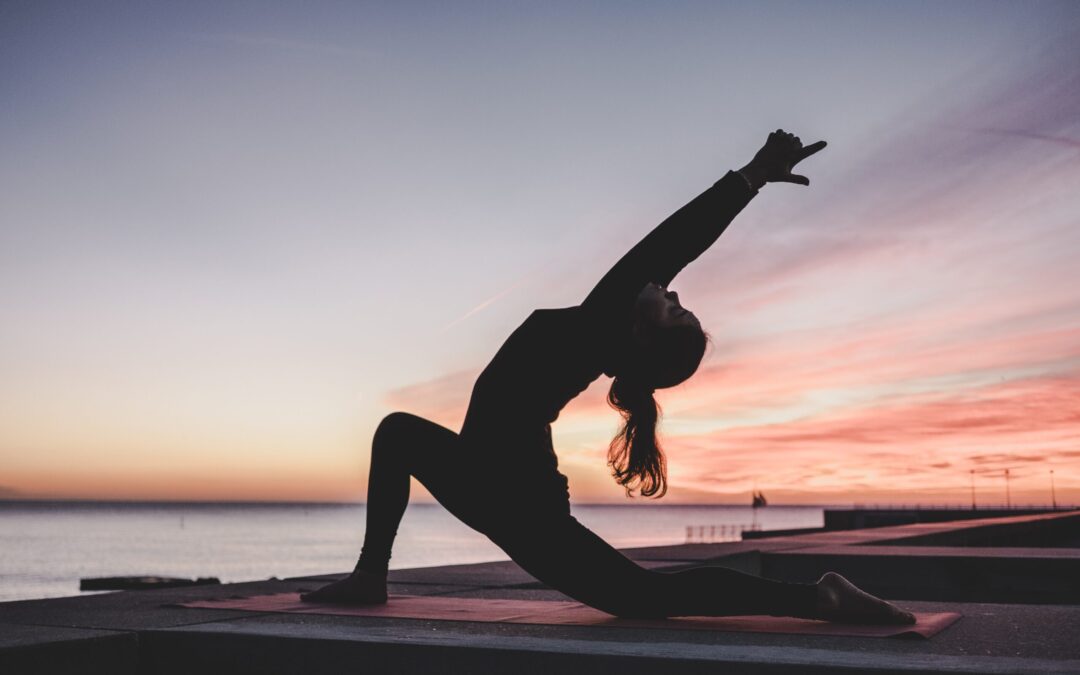You already know that exercise is good for your body, but exercise is as great for your brain as it is for your body. Did you know that exercise can boost your mood, improve your sleep, and help you deal with depression, anxiety, and stress?
What is physical activity?
Physical activity means any body movement that uses muscles and expends energy. One of the best things about physical activity is that there are endless possibilities and there will be an activity that suits almost everyone.
Having a science-backed target is useful. But the right amount of exercise for you will vary depending on various factors, like your age, sex, health status, and hormones.
For instance:
Older children and teens
Ages 6 to 17 should strive to receive at least 60 minutes of moderate-intensity exercise every day. The sports and activities kids participate in should be appropriate for their age and stage of development, even though encouraging them and having them set goals can be beneficial. For this age range, aerobic activity is preferable; suggested activities include running, chasing friends around the playground, playing soccer, biking, etc.
Additionally, it’s crucial to engage in vigorous-intensity exercise at least three days a week in addition to activities that strengthen their muscles and bones. Such activities include: climbing, swimming at high speed, doing push-ups, playing tennis, etc.
Older adults
It is recommended that the average adult should do between 75 and 150 minutes of exercise per week.
This can be either moderate-intensity exercise, such as walking, walking, or cycling, or it can be more strenuous activities, such as running, aerobics, or rope jumping. Any activity that increases your heart rate, makes you breathe faster, and makes you feel warmer, matters in your exercise!
For adults, physical activity may include recreational or leisure physical activity. For example, doing housework, sports, and everyday things like walking to the bus stop, carrying bags, or climbing stairs all count and can add up to 150 minutes of weekly exercise recommended for an average adult.
Adults with chronic health conditions are given the same physical activity guidelines as other adults. They should always consult and consider health experts’ advice to fully commit to a workout routine.
Here Are Some Tips for Building Your Home Gym!
How Exercise Promotes Positive Well-Being
Intentional activity is performed to improve health, such as running or cycling or lifting weights to increase strength. Resistance training is vital for optimal health and fitness; among other things, it improves balance, blood glucose management, sleep, heart tissue health, metabolic rate, and body composition.
Sport
Structured and competitive activities that include everything from football to tennis. We can play these as part of a team or even ourselves. This can be a fun and interactive way to exercise that does not have to feel like you are exercising.
Doing fun exercises rather than something you should do can motivate you to keep doing it.
Being active does not mean getting an expensive gym membership or running a marathon. Finding an activity that you enjoy can give you a sense of purpose. It can also be a great way to meet people and relax. Other benefits include:
- Less tension, stress, and mental fatigue;
- A natural energy boost;
- A sense of achievement;
- More focus and motivation;
- Feeling less angry or frustrated;
- A healthy appetite;
- Having fun.
Home workouts
Exercising at home has some great benefits over going to the gym. You do not need to spend time traveling to the gym and you will save money that you would have spent on a gym membership. The Washington Post noted that after the COVID-19 pandemic, quarantines and stay-at-home orders make exercisers more interested in sweating it out at home than ever so much so that many people have not adopted full-body workouts at home and don’t consider returning to the gym.
If you feel anxious about going to the gym or are uncomfortable exercising in front of other people, home workouts are a good option. You can exercise privately in the comfort of a familiar space and you do not have to wait your turn to use the fitness equipment.
As with home workouts, strength training might be a slow buildup that will work around your fitness level, personal goals, and health needs.
Over a week, aim to give yourself a balanced strength workout that takes in every muscle group. Pay attention to shoulders, arms, chest, back, hips, and stomach. And don’t forget leg day.
It is best to combine three to four cardio exercises with three strength training exercises two or more days a week, e.g.:
- Squats
- Pushups
- Triceps dips
- Wall sits
- Planks
- Abdominal crunches
- Lunges
If you are still new to home workouts, consider buying some of the following simple and affordable items:
- Resistance bands
- Jump rope
- Step bench or box
- Abdominal wheel
- Exercise mat
- Gliding discs
- Dumbbells
- Weighted vest
If you are more interested in muscle-building, you must focus on high-intensity activities that include different strength-gaining exercises.
Dumbbells for example can be useful for home workouts since they are relatively small, inexpensive, and suitable for a wide variety of exercises that people can perform in their own homes.
Dumbbells come in various types, shapes, weights, and materials to help meet individual needs. They may help people save money from gym fees and help them achieve fitness goals, such as losing weight or building muscle.
A person can incorporate dumbbells into their resistance training routine. The American Heart Association (AHA) recommends undergoing resistance training at least twice weekly.
Benefits include:
- Boosting resting metabolic rate, or burning calories;
- Protecting against injury;
- Strengthening the bones, muscles, and connective tissue.
Using dumbbells also has other benefits. According to the American Council on Exercise (ACE), the benefits of using include the following:
- They activate a number of different muscles and stimulate muscle growth.
- They can help improve both muscle force and flexibility.
- They can promote coordination and stability for muscles and joints.
- They are suitable for a number of exercises.
Increased physical activity has been found to enhance mood, improve energy levels, and promote quality sleep. A good way to maintain better mental health while doing fun activities.
In addition to engaging in regular physical activity, some individuals may choose to incorporate supplements into their daily routine to support their overall well-being. While it’s always important to consult with a healthcare professional before starting any new supplement regimen, one example of a supplement that can be beneficial for both children and adults is fiber gummies. These gummies are a convenient and tasty way to increase fiber intake, which is essential for maintaining a healthy digestive system. Fiber helps regulate bowel movements, supports gut health, and can contribute to a feeling of fullness, which may aid in weight management. However, it’s crucial to note that supplements should not replace a balanced diet, and it’s best to obtain nutrients from various whole foods whenever possible.
Here Are Some Tips for Building Your Home Gym!
Understanding How a Healthy Lifestyle Influences Mental Health
Conclusion
Exercise will work best for you when you enjoy it. Its benefits range from better heart health and sharper brain function to providing a mood boost and improving your gut health.
If you start feeling your balance go off-center, or you’re at risk of severe muscle burn, go for lighter exercises and focus on your form, the muscles you’re engaging, and the way your body is responding. Your exercise plan should make you sweat, but you should always walk away feeling refreshed and challenged, not exhausted or sick. If you suffer from frequent injuries, it could be a good indicator you are pushing yourself too hard and you should scale back.
The internet is loaded with free workout classes and programs. YouTube is an extremely helpful platform with content that varies in length so you can find something that fits your schedule. Additionally, following an online instructor releases you from the task of planning your workout, which can feel like a gift after a busy week filled with other responsibilities.
Aiming for specific time goals at the beginning of your workout adventure may seem scary, but you’ve already done the first and most crucial step: starting.

